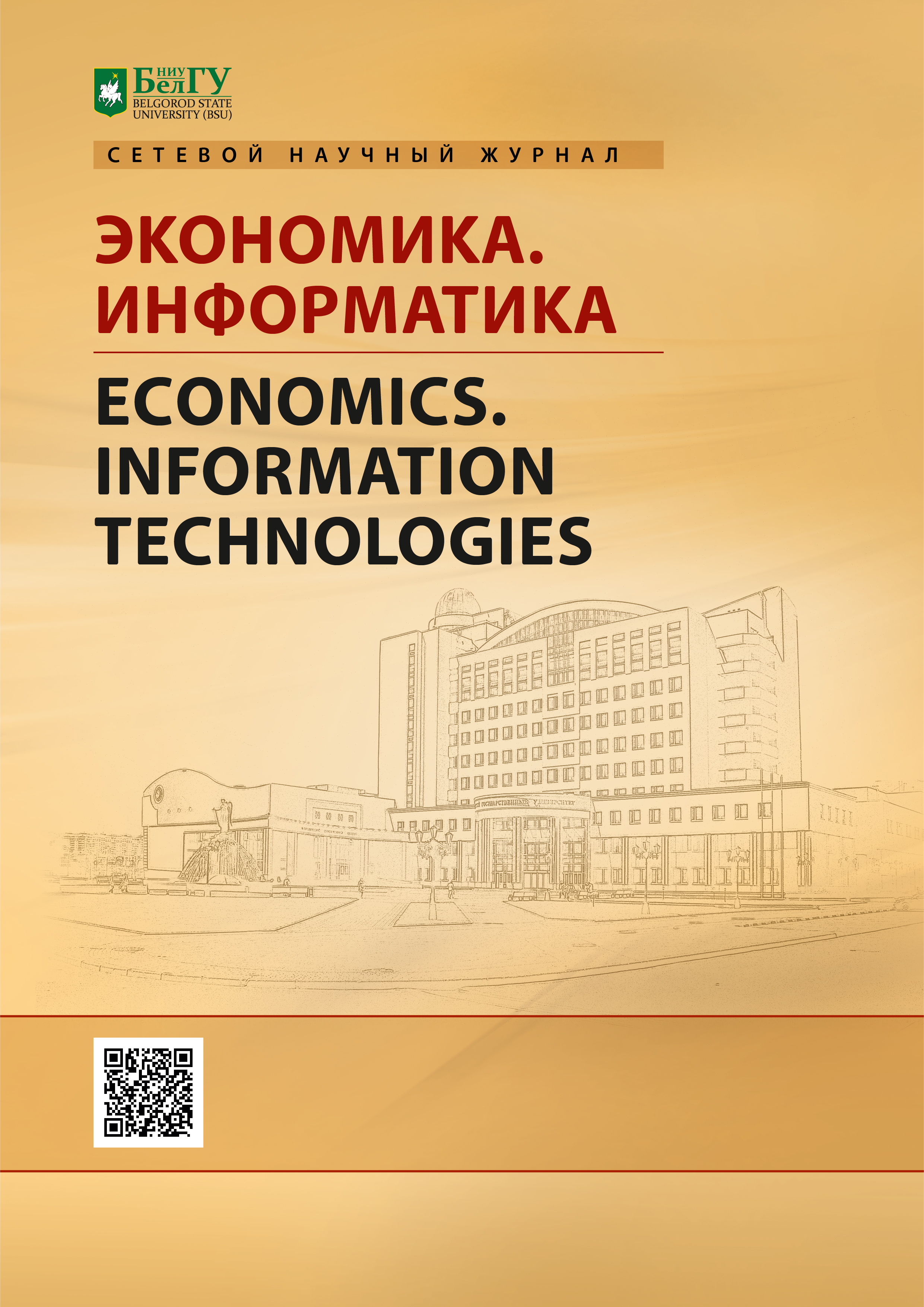Normative system of system-object analysis and modeling
the research is financially supported by the projects of the Russian Foundation for Fundamental Research No 18-07-00355а, 18-07-00356а, 19-07-00290а and № 19-07-00111а, 19-29- 01047mk.
DOI:
https://doi.org/10.18413/2687-0932-2020-43-3-623-637Keywords:
system-object approach, formalization, element «Union-Function-Object», ALCHOIQ(D) descriptive logic, normative system, alphabet nodesAbstract
The article discusses the possibility of creating a formal-semantic normative system of system-object analysis and modeling. The system is considered in the framework of the system-object approach in the form of a design "Union-Function-Object", formalized using descriptive logic. A classification of systems is proposed that uses the classification of communication flows and nodes, which is part of the concept of a system-object approach. A conceptual classification scheme for system components is presented. Its properties are described; on its basis, a method is being developed for specifying the formal alphabet of system connection nodes with a specific objective content. Also presented are the rules for manipulating the resulting alphabetical characters. The possibility and expediency of building a regulatory system with enhanced expressive capabilities are substantiated. An example of the use of the formal semantic alphabet of system elements is considered, which
demonstrates the possibility of simplifying the procedure of graphic-analytical modeling of a complex system.
Downloads
References
Гильберт Д., Бернайс П. 1979. Основания математики. Том I. Логические исчисления и формализация арифметики. М.: Наука, 560.
Горский Д.П. 1990. О некотором способе введения понятий в «Капитале» Маркса. Сб. труд. междун. симпоз.: Исследования по логике научного познания. М.: Наука,. С.53–62.
Жихарев А.Г., Маторин С.И., Зайцева Н.О. 2015. Системно-объектный инструментарий для имитационного моделирования технологических процессов и транспортных потоков. Искусственный интеллект и принятие решений. № 4: 95–103.
Кондаков Н.И. 1975. Логический словарь-справочник. М.: Наука, 720.
Маслов С.Ю. 1986. Теория дедуктивных систем и ее применение. М.: «Радио и связь», 136.
Маторин С.И., Зимовец О.А., Щербинина Н.В., Сульженко Т.С. 2016. Концепция формализованной теории систем, основанной на подходе «Узел-Функция-Объект». Научные ведомости БелГУ. Серия Экономика. Информатика. 16 (237). 39: 159–166.
Маторин С.И., Жихарев А.Г., Игрунов К.К. 2018. Классификация систем как элементов «Узел-Функция-Объект». Научный результат. 3 (3): 15–27.
Мельников Г.П. 1978. Системология и языковые аспекты кибернетики. М.: Сов. радио, 368.
Михелев В.В., Маторин С.И. 2019. Формализация системно-объектного подхода с использованием дескрипционной логики. Научные ведомости БелГУ. Сер. Экономика. Информатика. 46 (2): 296–304.
Никаноров С.П. 1969. Системный анализ: этап развития методологии решения проблем в США. Вступ. статья в кн.: Оптнер С.Л. Системный анализ для решения деловых и промышленных проблем. Пер. с англ. М.: Советское радио, 7–45.
Петров Ю.А. 1977. Методологические вопросы анализа научного знания. М.: «Высш. школа», 224.
Степанов Ю.С. 1983. Семиотика. Под ред. Ю.С. Степанова. М.: Радуга, 640.
Теория систем и системный анализ: учебник. 2020. С.И. Маторин, А.Г. Жихарев, О.А. Зимовец и др.; под ред. С.И. Маторина. Москва; Берлин: Директмедиа Паблишинг, 509: Режим доступа: по подписке. URL: http://biblioclub.ru/index.php?page=book&id=574641 (дата обращения: 12.06.2020).
Abadi Martin and Luca Cardelli 1996. A Theory of Objects. New York: Springer-Verlag, 397.
Baader F., Calvanese D., McGuinness L., Nardi D. Patel-Schneider P. F. 2003. The Description Logic Handbook: Theory, Implementation, and Applications. Cambridge University Press, 576.
Baader F., Sattler U. 1999. Expressive Number Restrictions in Description Logics. Journal of Logic and Computation. 9(3): 319–350.
Matorin S.I. 1998. Systems-Theoretic Investigation Of The Structure Of Categories. Automatic Document and Mathematical Linguistics. New York: Allerton Press, Inc. 31 (2): 4–9.
Matorin S.I. 1998. Modelling Intelligent Understanding Of The Language Of Business Communication. Automatic Document and Mathematical Linguistics. New York: Allerton Press, Inc. 31 (2): 47–58.
Matorin S., Popov S., Matorin V. 2005. Organization Simulation Technology in The Light Of a New “Unit-Function-Object” Approach. Automatic Document and Mathematical Linguistics. New York: Allerton Press, Inc. 39 (1): 1–8.
Schmidt-Schauss M., Smolka G. 1991. Attributive concept descriptions with complements. Artificial Intelligence. 48 (1): 1–26.
Tessaris S. 2001. Questions and answers: Reasoning and querying in Description Logic (PhD Thesis). University of Manchester, 368.
Abstract views: 810
Share
Published
How to Cite
Issue
Section
Copyright (c) 2020 ECONOMICS. INFORMATION TECHNOLOGIES

This work is licensed under a Creative Commons Attribution 4.0 International License.


